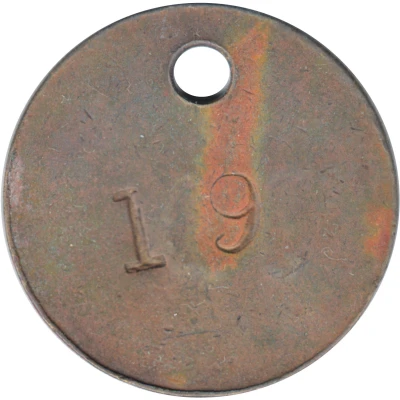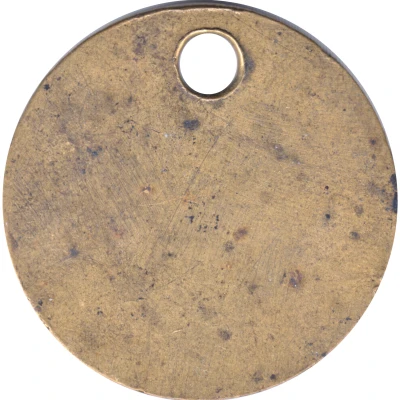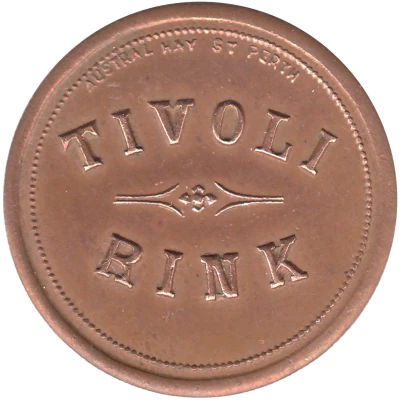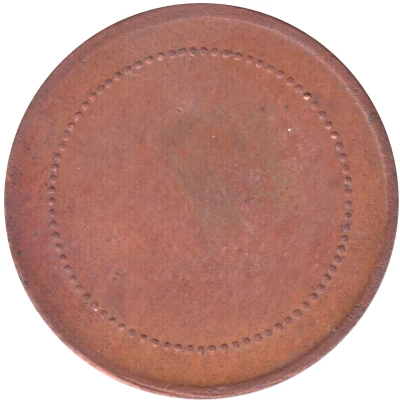


Token - Commonwealth Government Explosives Factory Maribyrnong ND
| Brass | 11.3 g | 33.2 mm |
| Location | Australia |
|---|---|
| Type | Trade tokens › Work encampment, mine and wage tokens |
| Years | 1910-1989 |
| Composition | Brass |
| Weight | 11.3 g |
| Diameter | 33.2 mm |
| Thickness | 2 mm |
| Shape | Round with a round hole (Holed 5 mm) |
| Technique | Milled |
| Updated | 2024-11-13 |
| Numista | N#420146 |
|---|---|
| Rarity index | 97% |
Reverse
Numbered
Script: Latin
Lettering: (#)
Comment
The Maribyrnong Explosives Factory, on Cordite Avenue, was established between 1909 and 1912 as a consequence of the unified defence policy, it was the first Government explosives factory (and only one until the Second World War) manufacturing Cordite for ammunition shells and other propellants and explosives. The Factory is located on a site, comprising of forty-two hectares bounded by Cordite Avenue along part of the north boundary; West Road on the east, Williamsons Road on the south and the Maribyrnong River on the west. The factory went on to investigate and manufacture a wide range of explosive and chemical components for military use, pioneering many developments in Australia, including solid and liquid fuel rocket motors. It was part of a scheme which saw the construction of the factories for cloth, uniforms, and rifles in order to make the Australian Armed Forces independent of supplies. Much of the later explosives manufacturing development in both Government factories and the wartime Annexes used Maribyrnong as a model for design and it housed the Munitions Supply Board. The site consists of mainly brick buildings spread out to provide buffer zones between buildings, sometimes supplemented by earth or bagged cement blast mounds. The original nitroglycerine factory buildings have been demolished, along with other highly contaminated buildings, however many others survive, reflecting both the production of raw materials such as nitrocellulose, cordite and high explosives, and the processing and filling of these materials into shells. Other groups include the service buildings for production of power, steam, compressed air, refrigerated water, and other services, warehousing and storage, including magazines for explosives storage, and administration and amenities buildings. After the war the factory continued to provide munitions for the services, supplementing that output by manufacturing for the private sector again in the 1960s. After the Vietnam war ended demand tailed off and the workforce was allowed to reduce through a natural wastage process. In 1989, with the formation of Australian Defence Industries (ADI) and subsequent restructuring, Maribyrnong was earmarked for phased closure.



